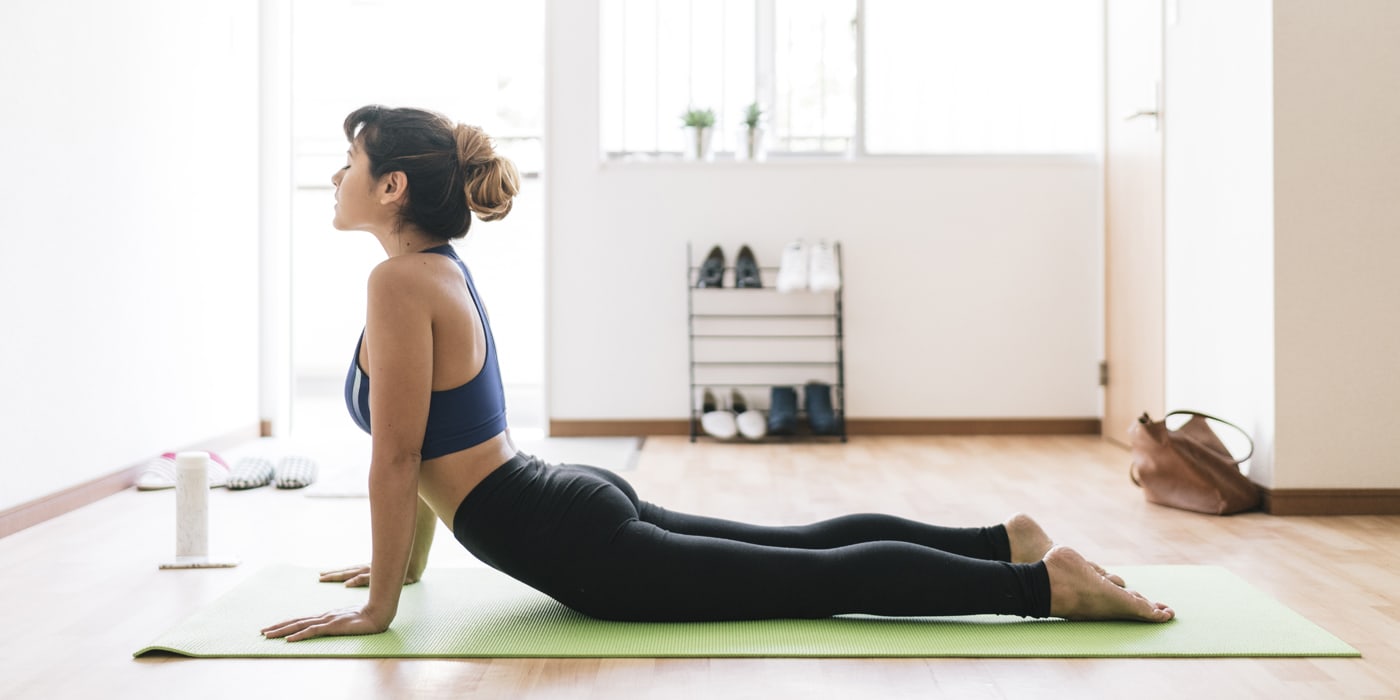
Some movements feel better than stillness ever did
Lower back pain doesn’t always want you to move. It whispers, stay still. Rest. Wait. But stillness often stiffens more than it heals. Muscles tighten. Joints lock. And the pain settles deeper. Movement, done gently, interrupts that.
The right exercises don’t demand strength. They ask for softness. Breathing. Slowness. Stretching without force. You begin on the floor. On your back. With your knees bent. You sway them side to side. Just a little. And the spine remembers it can move.
One stretch at a time, without force or speed
Knees to chest is simple. One leg, then the other. You pull gently. Not to strain, just to breathe into space. The spine opens slightly. The lower back gets a little lighter. You’re not fixing anything. You’re loosening what’s been holding too long.
The cat-cow movement follows. On hands and knees, you curve the back slowly. Up, then down. You match it to breath. There’s no goal but motion. It’s not yoga. It’s not performance. It’s a conversation with muscles that forgot how to relax.
Core strength makes the back feel less alone
The lower back carries weight when the core doesn’t help. That’s how pain begins. A weak core lets the spine take over. So the next step is quiet strength. Not crunches. Not planks. Just activating what supports you.
You lie down. Press your back into the floor. Breathe in. Tighten the lower belly. Hold for a few seconds. Let go. Repeat. That’s a pelvic tilt. That’s your foundation returning. Small. Subtle. But real.
Then bridges. Feet flat. Knees bent. Lift the hips gently. Hold. Then lower. Each lift teaches the back it’s not alone anymore. The glutes wake up. The core joins in. And the spine takes a breath.
Stretching the hips often soothes the spine
Tight hips pull on the lower back. Especially if you sit often. So hip stretches matter. You sit cross-legged. Or bring one ankle over the opposite knee. Lean forward. Slowly. No pressure. Just weight and breath.
The stretch might feel distant at first. Then it finds its way in. Through the hip. Across the glutes. Into the lower back. You stay there. Breathing. Letting go.
Hip flexor stretches help too. One knee on the ground. The other in front. You shift your weight forward slightly. It’s not a lunge. It’s an opening. You hold the pose and feel the front of the hip soften. That release often echoes in the spine.
Walking counts more than people think
It’s simple. It doesn’t feel like therapy. But walking matters. It brings rhythm back. Gentle impact. Subtle strength. The spine likes repetition. Movement without complexity. Walking gives that.
You don’t have to go far. You don’t have to go fast. Just enough to keep the joints moving. Enough to remind the body it wasn’t built for stillness.
Some people feel better walking in water. Some with support. Some with music. What matters isn’t how it looks. What matters is that you move through it.
Balance work helps even when the pain isn’t obvious
Sometimes back pain isn’t about strength. Or stretch. It’s about balance. How you stand. How you shift weight. If one foot works harder. If the pelvis tilts. You don’t notice until someone shows you.
You try standing on one foot. Near a wall. You wobble. That’s okay. That wobble teaches the body. It finds muscles it forgot. Ankles, hips, core—everyone joins in. And the spine feels more stable because of it.
Over time, the balance grows. And the back doesn’t need to compensate anymore.
Not every exercise works for every back
Some movements help one person and hurt another. That doesn’t mean they’re wrong. It means backs are different. Histories are different. That’s why it helps to go slow. To notice. To pause when something feels wrong.
You don’t have to finish a routine. You don’t have to match a video. You just have to notice what helps. And do it again tomorrow. That’s progress.
If anything increases pain sharply, you stop. You adjust. You wait. No stretch should feel like warning. No movement should feel like panic.
Gentle repetition becomes stronger than force
You don’t push through. You return to it. Every day. Or every other. You stay with the simple ones. You repeat the pelvic tilt. You sway your knees. You stretch the hips. And one day, something feels lighter.
Not gone. Just easier. And that’s the moment the exercises become yours—not just something to follow, but something to trust.
